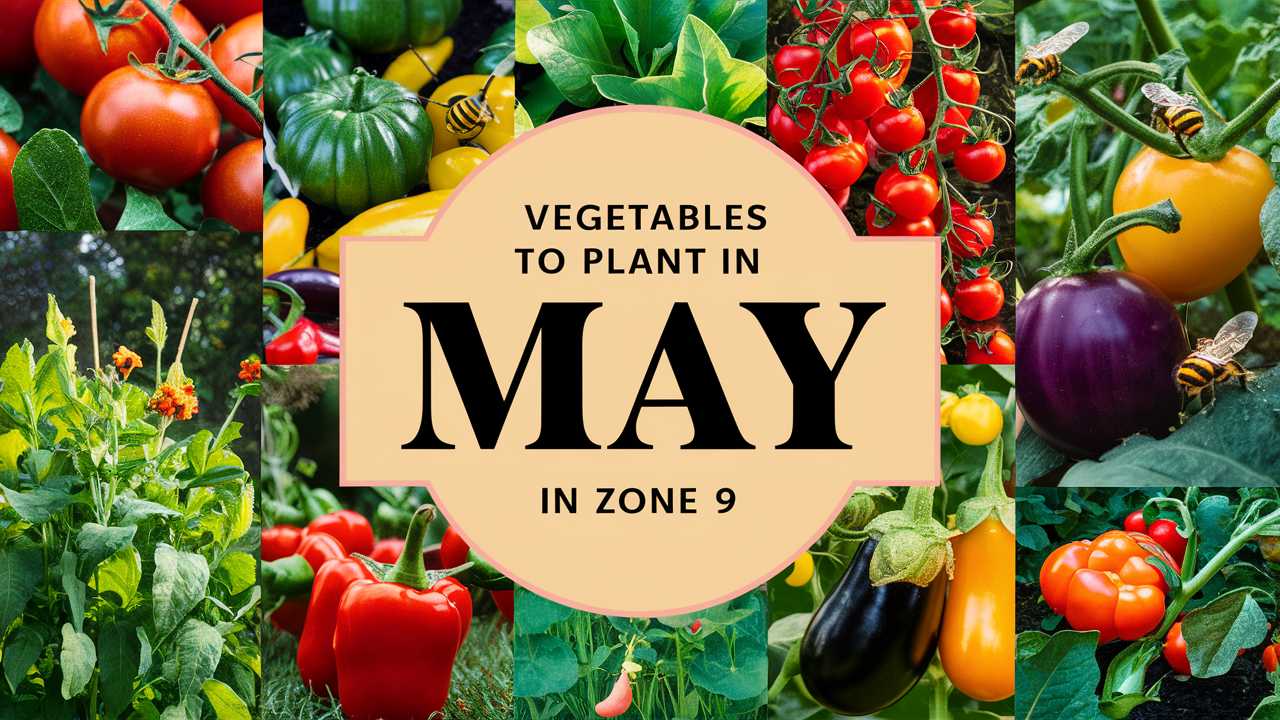On this page, we’ll explore heat-loving vegetables that are perfect for planting in May in Zone 9. Each of these crops brings unique flavors, textures, and beauty to your garden, ensuring a thriving patch full of life and nourishment.
Tomatoes
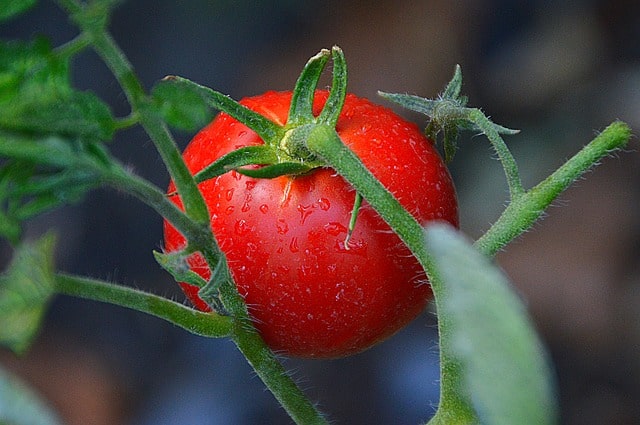
Tomatoes are a staple in many vegetable gardens and thrive in the warmth of summer. When planting in May, consider varieties like ‘Sun Gold’ for a sweet cherry tomato or ‘Brandywine’ for a flavorful heirloom. It’s essential to select healthy seedlings or seeds and to plant them after the last frost to prevent stunted growth. Tomatoes enjoy full sunlight, so ensure they receive at least 6 to 8 hours of sunlight a day. Set them in well-drained, nutrient-rich soil, and support them with stakes or cages as they grow. Regular pruning helps improve air circulation and allows the plants to concentrate energy on fruit production. Keep an eye out for signs of blossom drop, which can occur in excessively high temperatures; adequate watering and possibly shade can help mitigate this issue.
Peppers

Bell peppers, jalapeños, and habaneros all thrive in the heat and can add diversity to your garden. Opt for varieties that are known for good performance in heat, such as ‘Early California Wonder’ for bell peppers or ‘Serrano’ for smaller, spicier peppers. When planting in May, it’s crucial to start with rich, well-draining soil to ensure proper growth. Peppers love consistent watering but are sensitive to overwatering; mulching can help maintain soil moisture. To encourage larger yields, consider using a balanced fertilizer during the growing season. Additionally, pepper plants can benefit from being planted alongside basil, which can enhance flavor and deter pests.
Zucchini
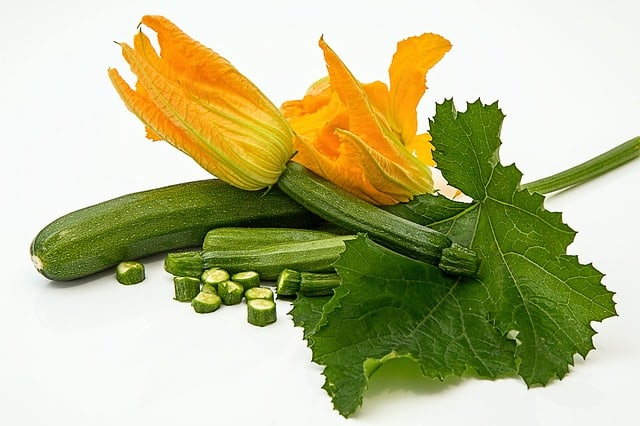
This prolific summer squash loves the heat and can yield an abundant harvest if given enough space and resources. Zucchini grows best in rich, well-drained soil; adding compost can enhance its fertility. When planting in May, consider spacing your zucchini plants about two to three feet apart, as they can spread significantly. Regular watering is important, especially when the fruit begins to form, as zucchini can become tough if they don’t receive enough moisture. Keep an eye out for squash bugs, which can be common in warm weather; removing eggs by hand and introducing beneficial insects can help keep them at bay. Zucchini can also be harvested young, making them more tender and flavorful, so check your plants frequently!
Eggplant
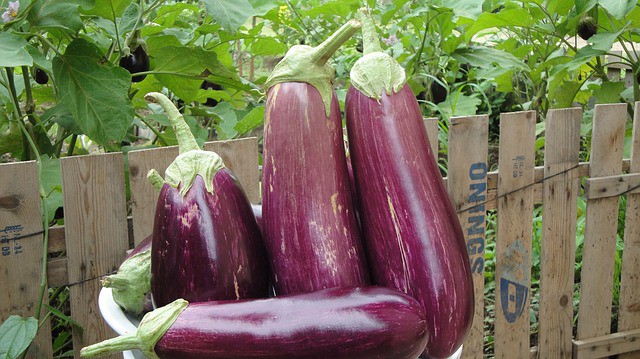
Eggplants add a touch of elegance to your garden with their glossy skins and unique shapes. Varieties such as ‘Black Beauty’ or ‘Fairy Tale’ not only grow well but also make stunning additions to dishes. When planting in May, select a sunny spot and plant them in well-drained soil enriched with organic matter. Eggplants can benefit from a season-long feeding regimen, so consider using a slow-release fertilizer at planting and supplementing with liquid fertilizer every 2 to 3 weeks. Watch for pests such as aphids and flea beetles; handpicking or using insecticidal soap can effectively manage them. Harvest your eggplants when they are shiny and firm for the best flavor and texture.
Cucumbers
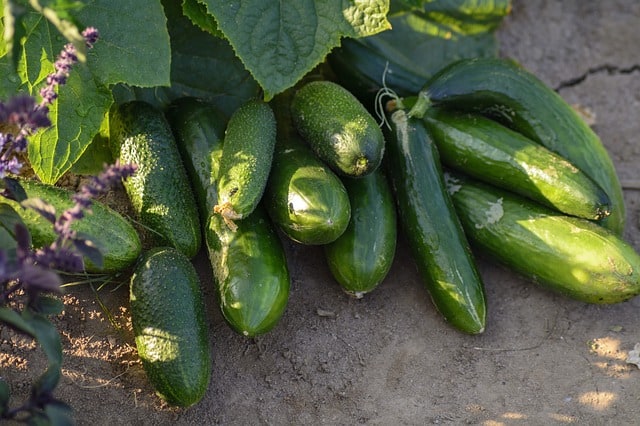
Fast-growing cucumbers thrive in warm weather and are perfect for those wanting a refreshing snack throughout the summer. Plant your cucumbers in rich, well-drained soil and ensure they have plenty of sunlight. When planting in May, sow seeds directly into the ground or transplant seedlings when they are about four weeks old. Providing trellises for cucumbers helps save ground space and makes harvesting more manageable. Regular watering is crucial, especially during fruit development, as cucumbers are largely water. Look for signs of powdery mildew, which can thrive in humidity; proper spacing and airflow around plants can reduce this risk.
Squash
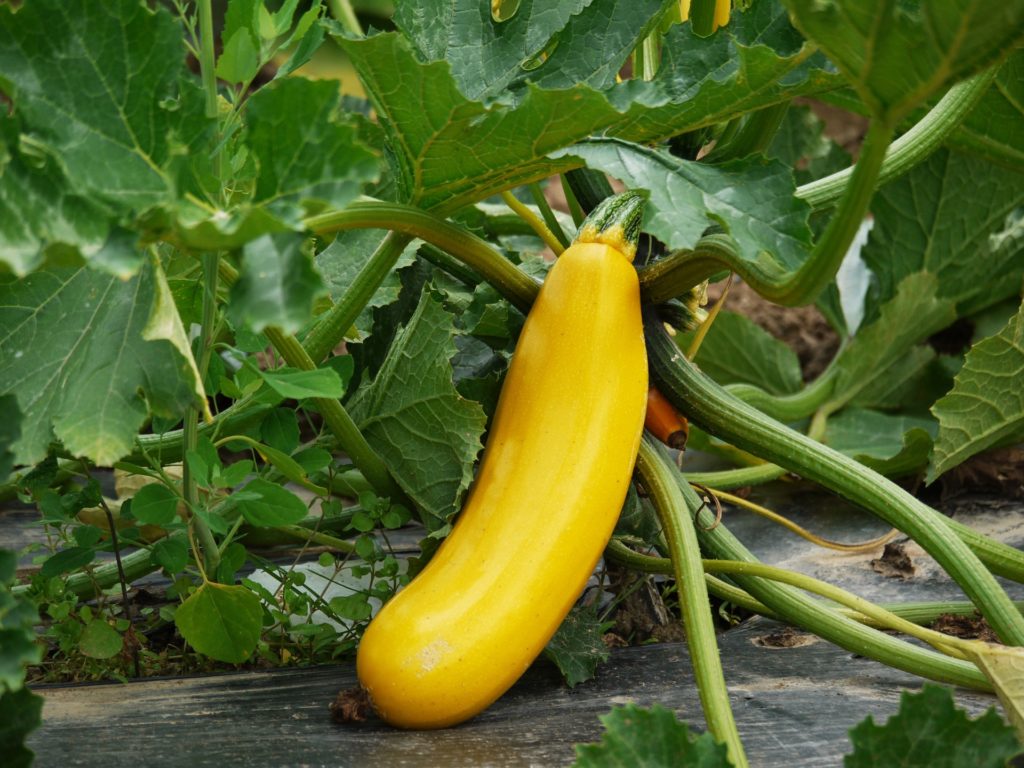
While zucchini is a popular option, don’t forget about summer squash, which includes varieties like pattypan and yellow squash. These delights can be harvested young and eaten fresh for a delectable taste of summer. Plant squash in well-fertilized soil and ensure they receive full sunlight to support a robust growing process. May is an excellent time to sow seeds directly into the ground; however, if using seedlings, transplant only after the soil has warmed up. Squash is a heavy feeder, so consider applying a balanced fertilizer during the early growth phases. Watch for pests, particularly squash borers, and consider employing row covers for protection until the plants establish themselves.
Okra
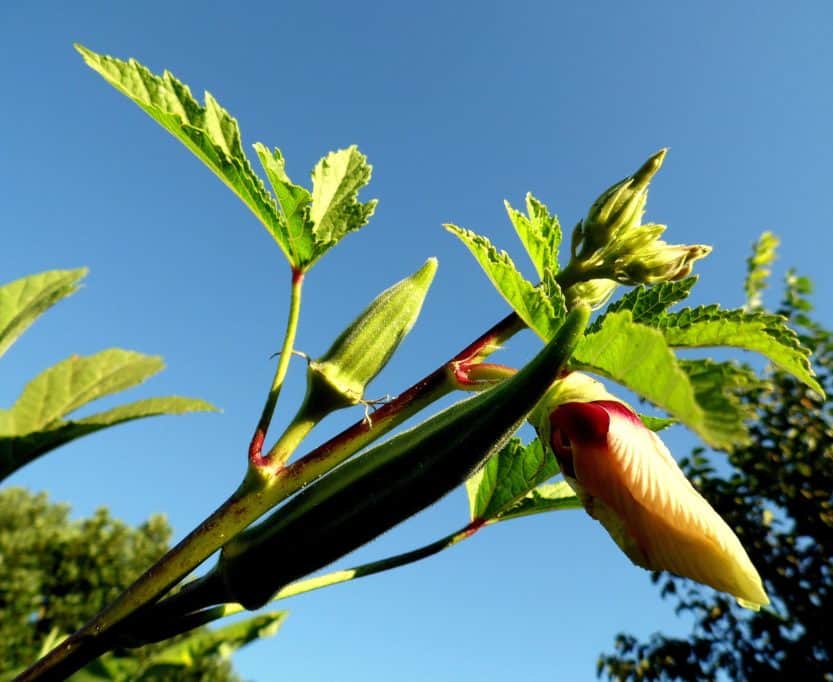
This Southern favorite loves hot temperatures and can produce a remarkable amount of pods in a single season. Okra is drought-tolerant, making it a good choice for less frequent watering. Consider starting seeds indoors in early spring and transplanting them in May when the weather is consistently warm. Plant okra in well-drained soil with full sun exposure, and space plants about 12 to 18 inches apart to allow for their growth. Consistent harvesting promotes more fruit production, so check your plants regularly for developing pods. Additionally, the beautiful flowers of okra not only add visual interest but can also attract pollinators to your garden.
Beans
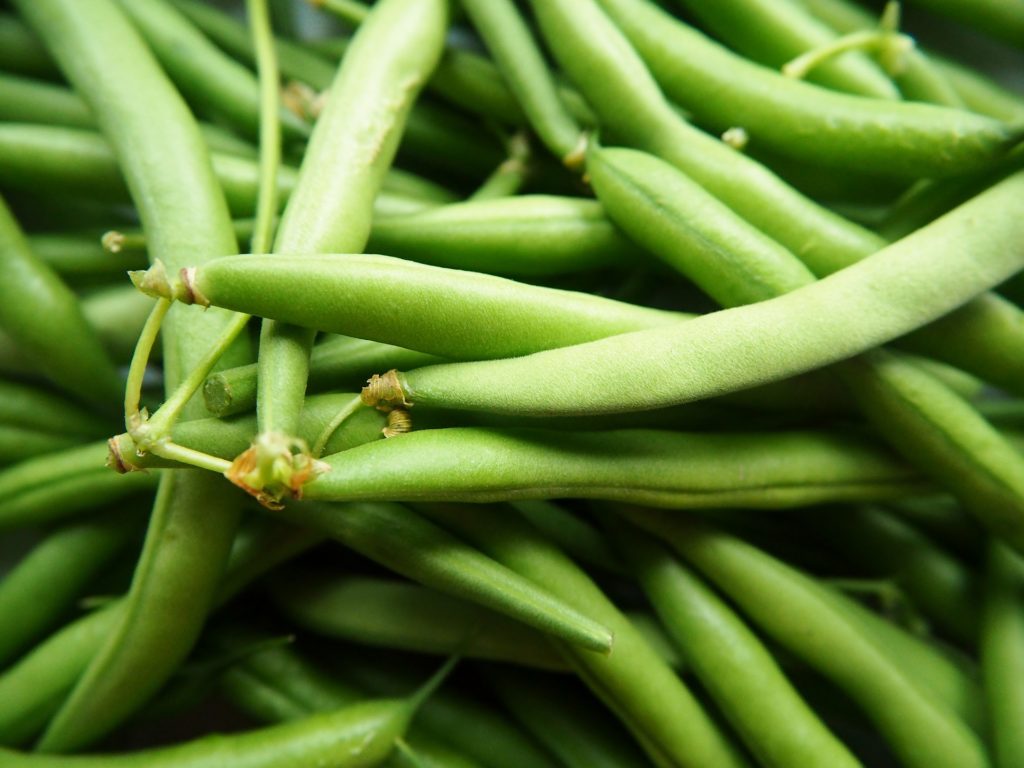
Both pole beans and bush beans excel in Zone 9’s warm weather. Varieties such as ‘Blue Lake’ or ‘Kentucky Wonder’ are hearty and produce copiously throughout the summer. For bush beans, space them at about 2 inches apart and plant rows 18 to 24 inches apart, while pole beans require a trellis for vertical growth. When planting in May, ensure the soil is warm (at least 60°F) for optimal germination. Regular watering during flowering and pod formation is vital, as beans can be sensitive to heat stress. Keeping the garden weed-free will help your bean plants flourish, and consider companion planting with corn or squash, which can benefit both plants.
Corn
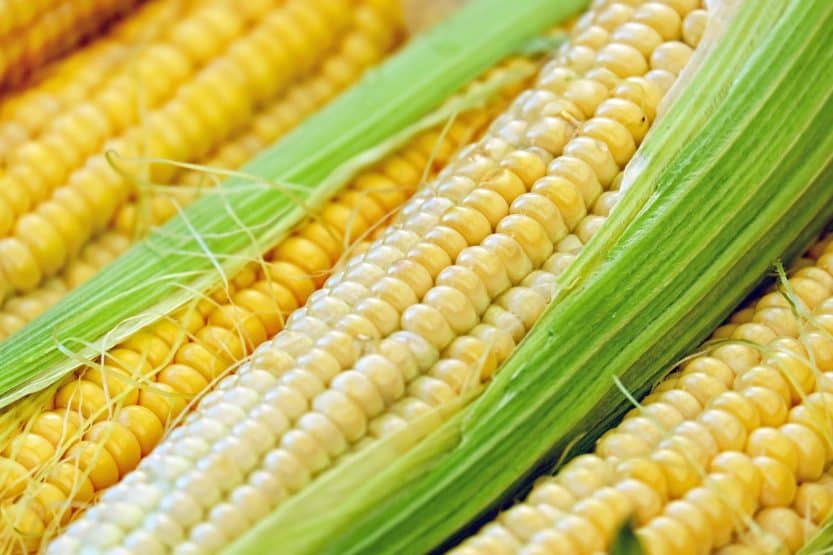
Sweet corn is an iconic summer crop that flourishes once temperatures soar. Plant short rows close together for better pollination, as corn relies on wind for fertilization. Choose your favorite sweet corn varieties, such as ‘Silver Queen’ and ‘Sweet G94,’ which are noted for their excellent flavor and texture. When planting in May, ensure the soil is rich and well-drained, maintaining consistent moisture during germination. Corn is a heavy feeder, so fertilizing with nitrogen-rich fertilizer during growing is advantageous. Keep the area mulched to conserve moisture and suppress weeds, which helps promote healthy growth.
Melons
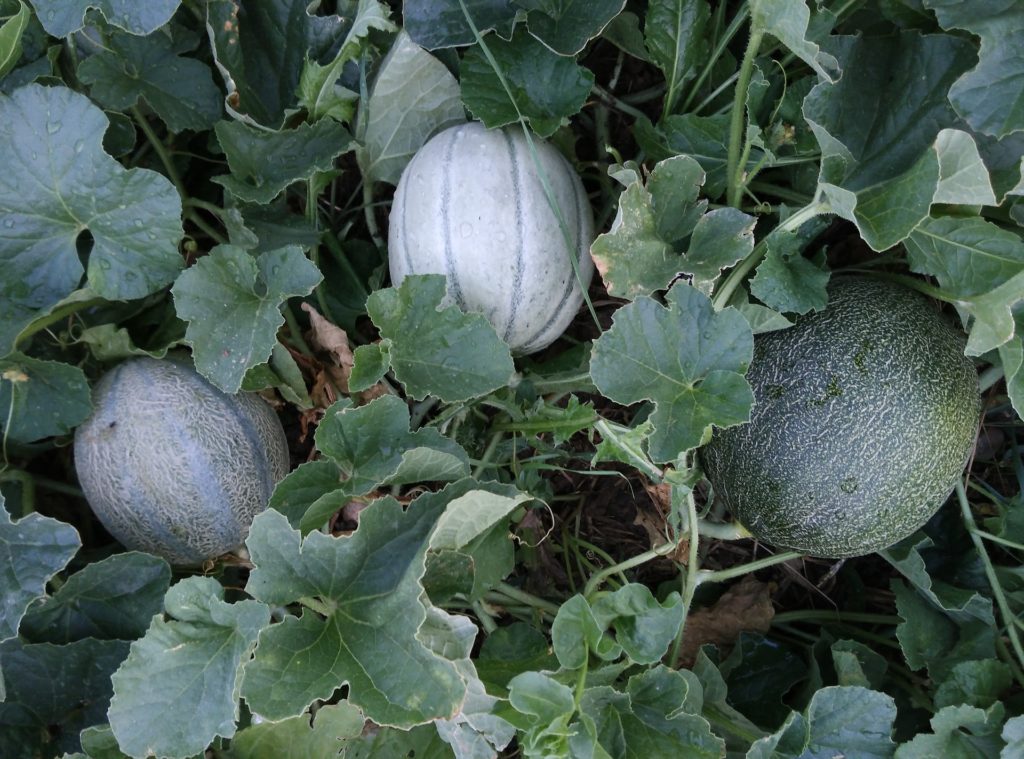
Watermelons, cantaloupes, and other melons thrive in the heat and can be a sweet addition to your summer menu. When planting, aim for a sunny spot with well-draining soil and ample space for the vines to spread. Melons require warm soil for germination, so be patient if planting seeds directly outdoors; alternatively, you can start seedlings indoors in late April. Regular watering during dry spells is critical, particularly when fruit is developing. Be sure to provide support if necessary, especially for varieties like cantaloupe that may benefit from being trellised. Time your harvest wisely; melons are on a tight timeline, so look for specific signs, like a hollow sound when tapped, to ensure peak sweetness.
Sweet Potatoes
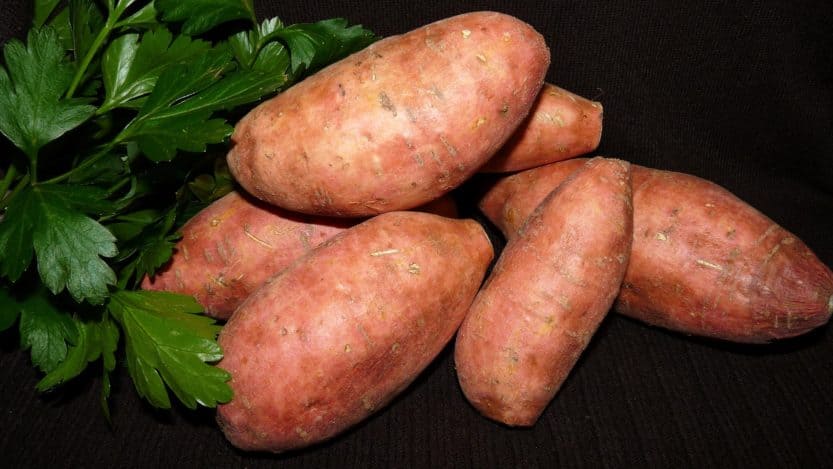
Planting sweet potatoes in May allows them to establish themselves before the hottest months. These tubers thrive in well-drained, sandy soil, that is slightly acidic. Use slips for planting—these are young shoots that grow from mature sweet potatoes. Space the slips about 12 to 18 inches apart to accommodate their sprawling growth. Sweet potatoes prefer consistent moisture but can become overwatered, so monitor soil moisture levels. As the plants mature, mound soil around the stems to encourage tuber development and protect the roots. Sweet potatoes can be harvested from late summer until the first frost; however, be sure to utilize a fork or shovel carefully to avoid bruising the tubers.
Root Vegetables
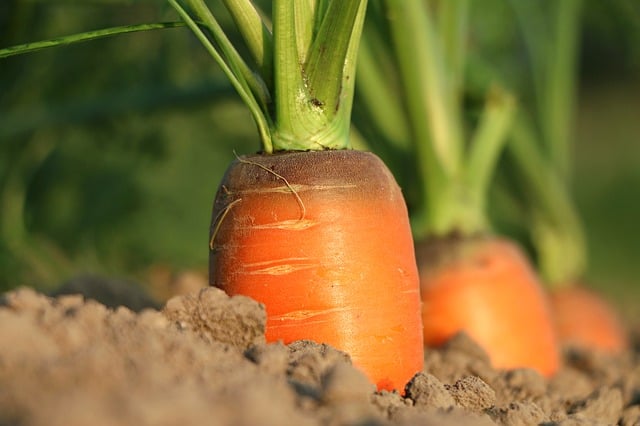
Carrots, radishes, and beets can still be planted in May, although they are more commonly grown in cooler weather; they can handle the heat in Zone 9. Quick-maturing varieties provide a faster return, so look for options like ‘Little Finger’ carrots or ‘Cherry Belle’ radishes for their shorter growth cycles. Prepare the soil in raised beds or rows, ensuring it’s loose to support root growth. Watering should be consistent, especially in the warm months, to avoid tough or woody roots. Mulching helps retain moisture in the soil, benefiting root crops. Harvest beets and radishes relatively young to ensure tenderness, while carrots can remain in the ground longer for more robust flavors.
Basil
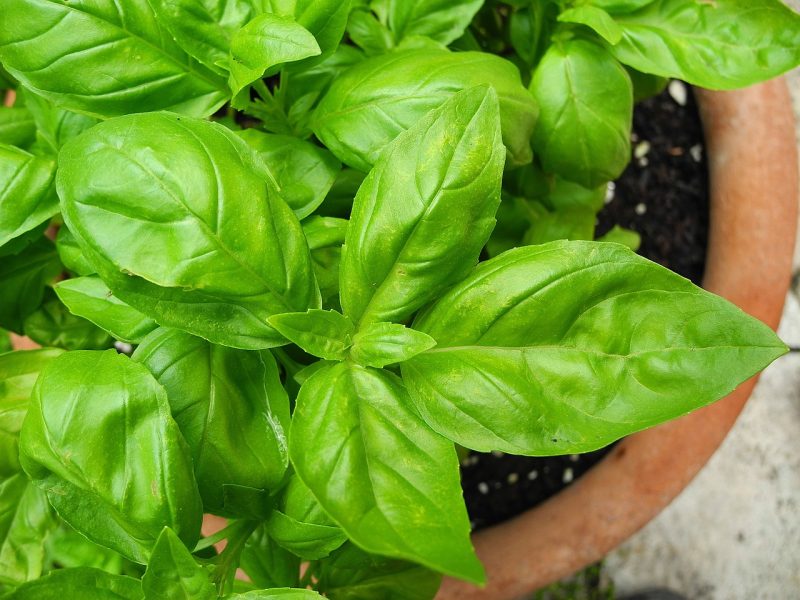
Though technically an herb, basil is a popular companion plant that thrives in the heat. Basil not only enhances the flavor of dishes but can also deter pests from infiltrating your garden. Plant in rich, well-drained soil with plenty of sunlight, and remember to pinch off flower buds to keep the leaves tender and flavorful. Basil grows quickly, so consider successive planting every few weeks to have a continuous supply throughout the growing season. Be mindful of pests; aphids can be a common issue. Companion planting basil with tomatoes can enhance their flavor and promote overall health in the garden.
Cilantro
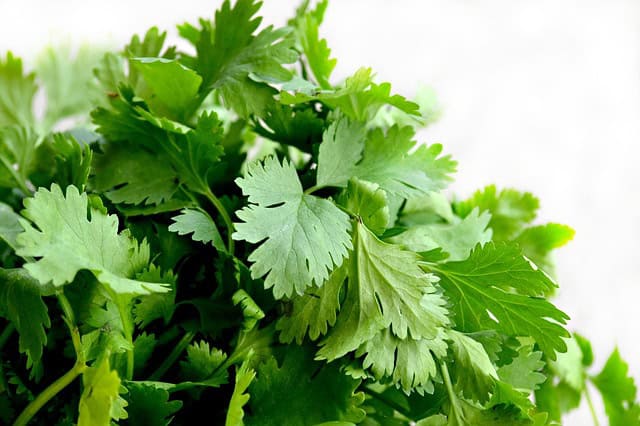
Cilantro is an herb that performs well in spring and early summer before the heat takes its toll. Suitable for planting in May, it’s crucial to select bolting-resistant varieties to ensure prolonged harvests. Plant cilantro in well-drained soil and provide partial shade during the hottest days. Water regularly to maintain moisture levels, as cilantro can bolt into flower if stressed. This herb has a short life cycle, so succession planting every few weeks can provide a continual harvest. Use fresh cilantro to elevate flavors in salsas, salads, and various cuisines.
Lettuce (Heat-Tolerant Varieties)
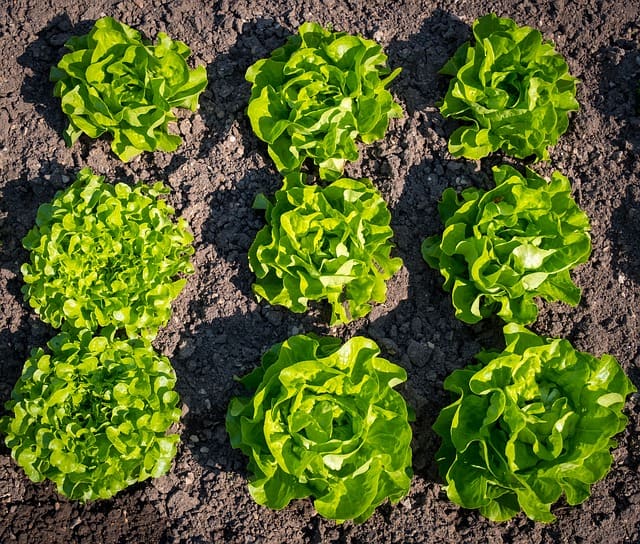
While lettuce generally prefers cooler weather, heat-tolerant varieties like ‘Butterhead’ or ‘Romaine’ can still be grown in May. Planting in a shadier area of your garden can help shield younger plants from the harsh midday sun. Ensure soil is rich and well-draining, and keep them thoroughly watered to maintain crispness. With the right soil conditions and regular harvesting of outer leaves, lettuce can produce throughout late spring into summer. Additionally, intercropping with larger plants can provide shade and protection from wilting during excessive heat.
Spinach (Bolting Resistant Types)
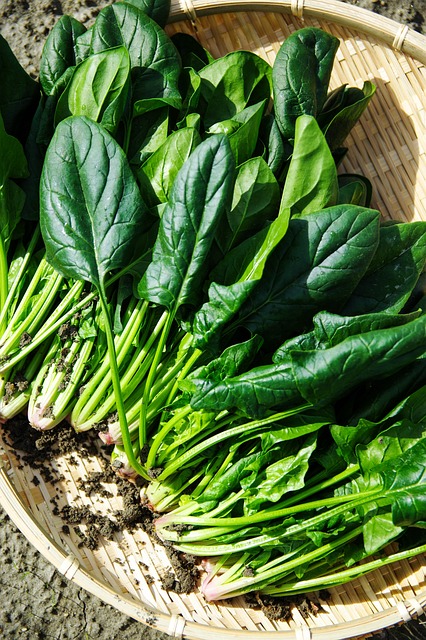
Spinach is another leafy green that can bolt in the heat, but bolting-resistant varieties like ‘Tyee’ can tolerate warmer temperatures better. When planting spinach in May, look for partial shade areas to mitigate the risk of bolting in rising temperatures. Keep the soil moist and fertile, as spinach does best in rich, organic matter-laden earth. Frequent, light applications of nitrogen-rich fertilizer can encourage leaf growth without stressing the plants. Harvest when the leaves are young and tender to enjoy the best flavor in salads, smoothies, and cooked dishes.
Chard
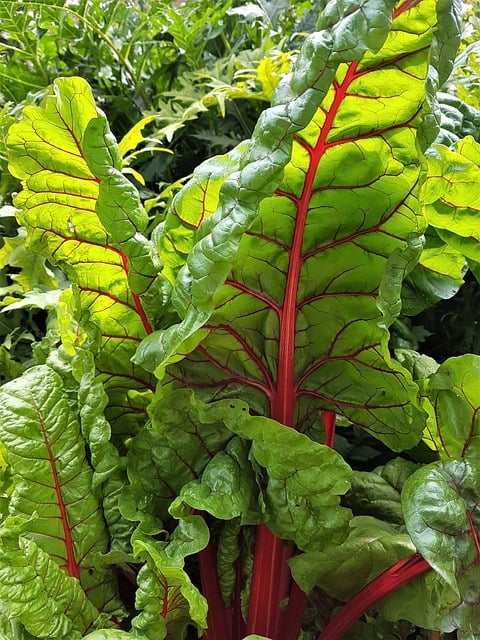
Swiss chard is a vibrant addition to the garden with its colorful stems and leaves, and it handles heat surprisingly well. Packed with nutrients, it’s an excellent choice for stir-fries or salads. When planting in May, space your chard plants about 6 to 12 inches apart to allow for their leaves to flourish. Chard can be direct seeded into the garden or transplanted from nurseries. Regular watering is key, especially during dry spells, as it can help produce larger, more succulent leaves. Take advantage of the multicolored varieties available, which can also serve as ornamental plants in garden beds.
Amaranth
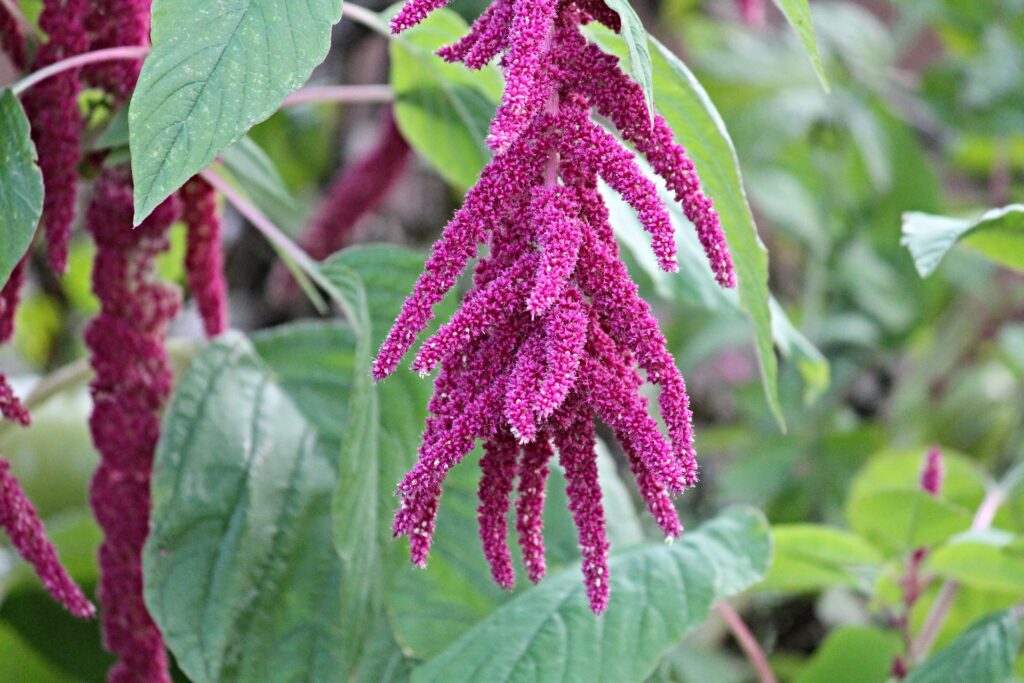
This ancient leafy green is valued for its nutritional content and ability to thrive in heat. Amaranth grows quickly and can be used both as a colorful ornamental plant and a flavorful addition to your meals. When planting in May, prepare the soil with organic matter and ensure it is well-drained. Amaranth can be sown directly into the garden or transplanted, giving it enough space to grow—approximately 10 to 12 inches apart. Keep the soil consistently moist, particularly while the seeds germinate, as they do prefer nice, warm conditions. Harvest young leaves for salads or use mature plants in stir-fries for a unique, slightly nutty flavor.
Malabar Spinach
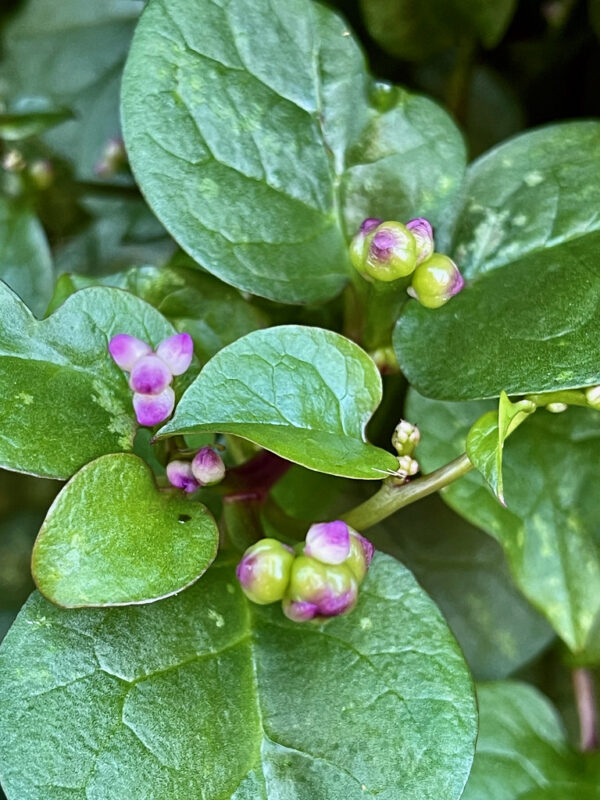
This tender vine is an excellent alternative to traditional spinach and prefers heat and humidity. Malabar spinach grows quickly and should be given a trellis or support to help it climb effectively. When planted in May, ensure that the trellis is sturdy, as these vines can get quite robust. They enjoy full sun but can tolerate partial shade, which can help prevent the leaves from becoming too tough in extreme heat. Regular watering is crucial to support their growth, and harvesting should be done in stages to promote continuous production. The leaves can be used in salads or cooked dishes, providing a unique twist on traditional recipes.
Arugula
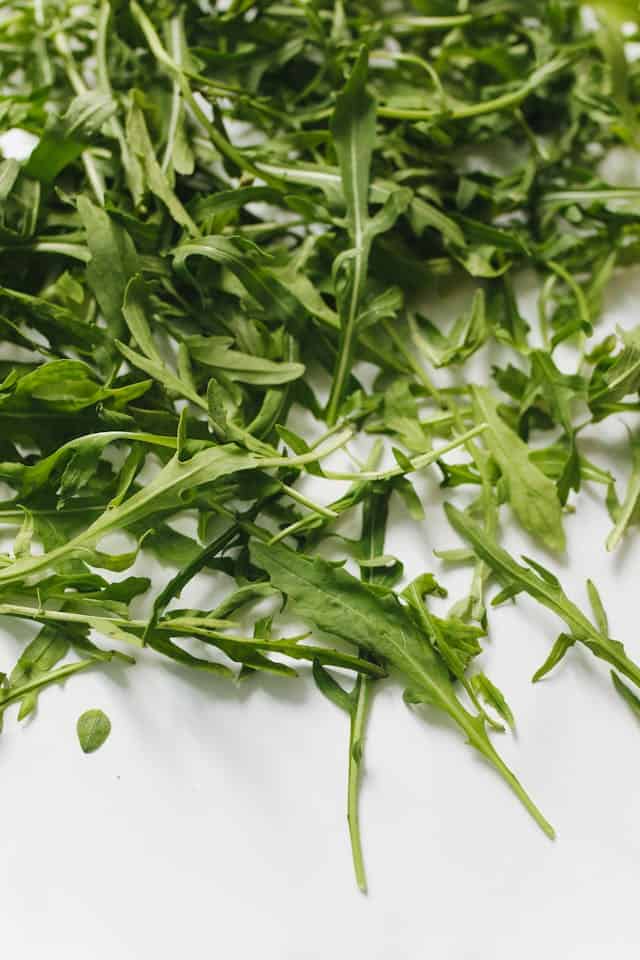
While generally a cool-weather crop, some heat-tolerant varieties of arugula can be planted in May. Plant arugula in well-prepared soil with good drainage and keep the plants spaced closely together. Checking for signs of bolting due to rising temperatures is essential; once it starts to flower, the leaves can become bitter. You may consider providing light shade during the hottest part of the day to prolong the harvest. Harvest young leaves frequently to encourage further growth and boost the peppery flavor you desire, enhancing salads, sandwiches, or even garnishes.
Fennel
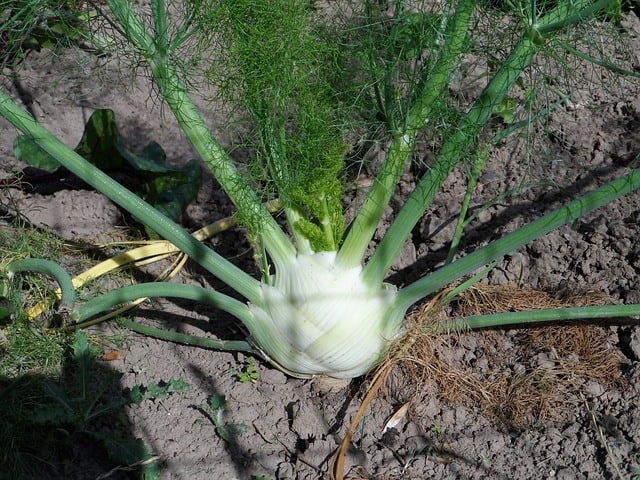
Fennel bulbs can be harvested in the summer after being planted in late spring. They prefer well-drained soil rich in organic matter. Optimal planting times in May mean maintaining consistent moisture, as fennel likes this balance. Space fennel plants about 12 inches apart to allow their bulbs room to grow. Regular harvesting of the stalks can promote further growth and prevent bitterness as fennel can bolt in the heat. Its unique flavor profile makes it versatile in the kitchen, as it can be eaten raw or cooked, adding a lovely element to salads or roasted dishes.
Kohlrabi
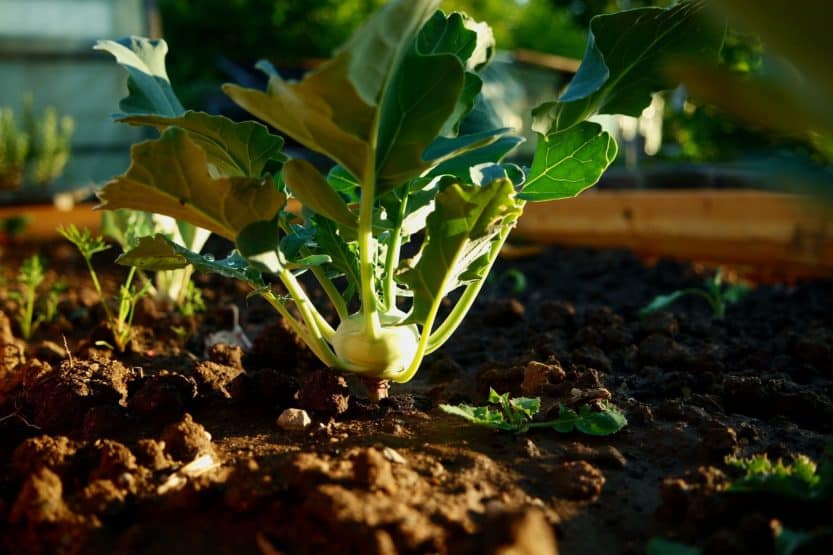
Kohlrabi, the unique brassica, does well in the warmer months and adds an unusual element to your garden. When planting in May, choose a sunny spot with well-drained, fertile soil. Spacing the plants about 8 to 12 inches apart allows them enough room to expand. Keep the soil consistently moist, especially during prolonged dry spells, to ensure tender, sweet bulbs. You can harvest kohlrabi while it’s still small and tender for the best flavor; larger specimens can quickly become woody. This versatile vegetable can be enjoyed raw in salads, cooked in stir-fries, or even roasted for a delicious side dish.
Celery (Heat-Tolerant Varieties)

Celery can be tricky in warmer climates, but heat-tolerant varieties allow for success in Zone 9. Planting celerey in May means spacing them about 6 inches apart in well-draining soil that is rich in organic matter. Consistent moisture is crucial for optimal growth; consider drip irrigation to maintain a steady water supply. Regular feedings with a balanced fertilizer can also contribute to healthy growth. Celery plants can be sensitive to temperature fluctuations, so mulching around the base can help regulate moisture and suppress weeds. Harvest when the stalks are firm and crisp for the best culinary results.
Artichokes
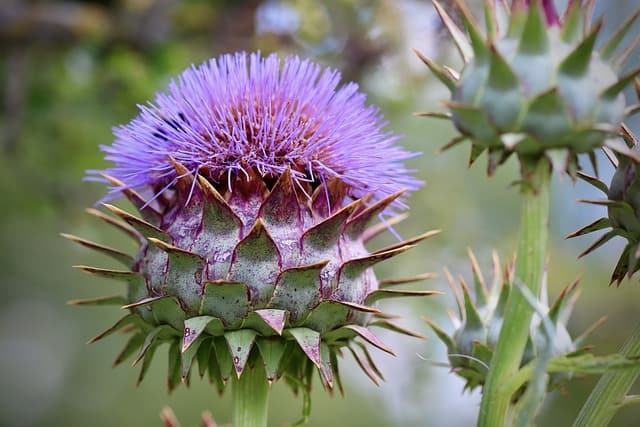
Though often considered perennial, you can start artichokes as annuals in May in Zone 9 for an extravagant addition to your garden. Plant artichokes in rich, well-draining soil and provide plenty of space, as they can grow quite large. They appreciate consistent watering, especially during hot summer months. Artichokes require full sun to flourish and should be mulched to retain moisture and suppress weeds. Be patient when waiting for the buds to develop; they can take time, but the rewards of delicious, homegrown artichokes are well worth the wait. Harvest buds before they open for maximum tenderness, whether steam them, grill them, or enjoy them in salads.
Garlic (Planted Early in May)
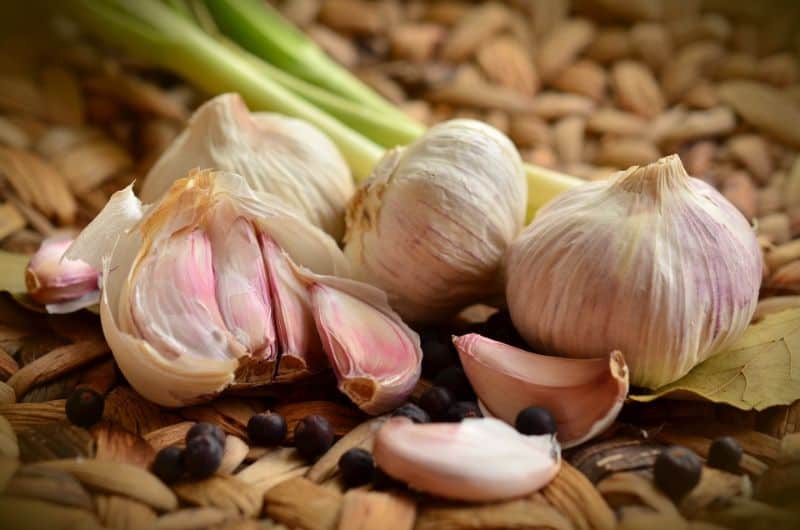
While garlic is typically planted in the fall, your short-season garlic varieties can be planted in May to try for a fresh summer harvest. Choose high-quality bulbs that are suited for warm climates, and plant them in rich, well-drained soil. Space the garlic cloves about 6 inches apart for optimal growth. Water regularly but be cautious of overwatering, as this can lead to rot. Since garlic has a relatively long growing season, be prepared to care for your plants over the summer, and harvest when the leaves start to turn brown.
Gardening Tips for Zone 9 in May
Planting is only one part of gardening. In this heat-loving landscape, your approach must adapt to suit the plants’ needs.
Soil Preparation: Before sowing seeds or planting seedlings, prepare your soil. Work in organic matter like compost or well-rotted manure to enrich the soil and improve drainage. If your soil is heavy clay, consider raised beds or double digging to ensure proper aeration and drainage.
Mulching: Applying mulch can help retain soil moisture while suppressing weeds. Organic mulches like straw or grass clippings will also contribute to soil health over time. Additionally, mulching around young plants can help keep their roots cool during the scorching days of summer.
Irrigation: The warm weather means frequent watering is essential. Water early in the morning or late afternoon to minimize evaporation and ensure your plant roots receive moisture throughout the day. Establishing a deep watering regimen encourages deep root growth and helps plants withstand brief dry periods.
Fertilizing: Use a balanced fertilizer according to the specific nutritional needs of the plants you’re growing. Time-release fertilizers can be a convenient option for the busy gardener, but pay attention to each crop’s specific needs throughout the season to ensure maximum growth and productivity.
Pest Management: Keep an eye out for pests that may thrive in heat, such as aphids and spider mites. Natural pest control methods, including beneficial insects like ladybugs, can help manage populations sustainably. Regular scouting and hand-picking can also yield effective results.
Companion Planting: Growing compatible crops together can improve growth and deter pests. Research which plants do well together to enhance your overall garden health. For instance, tomatoes are great companions for basil, while carrots thrive alongside onions.
Conclusion
May is a vibrant month for gardening in Zone 9, bringing with it the chance to grow a wide array of heat-loving vegetables. From tomatoes to sweet potatoes and beans to basil, there are plenty of options to choose from to ensure your summer is full of fresh flavors and healthy harvests.


